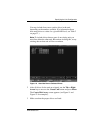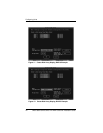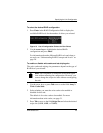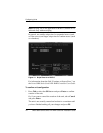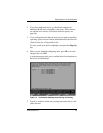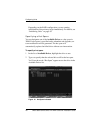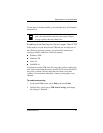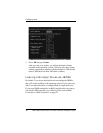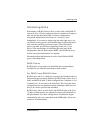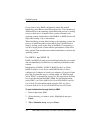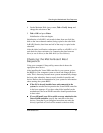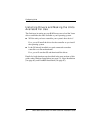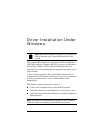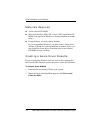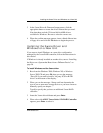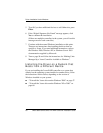
Initializing Units
www.3ware.com 49
Initializing Units
Performance of RAID 5 units with 5 or more disks, and RAID 50
units with 10 or 12 disks configured into two subunits will improve
after the unit has been initialized. For these configurations,
foreground initialization (also known as “zeroing”) starts
immediately. If you want to begin using the units right away, you
can halt the zeroing process and initialize them in the background
later, after the operating system is booted. (The initialization
process can take several hours, depending on the size of your
drives.) The disadvantage of initializing the units later in the
background is that the performance RAID 5 and RAID 50 arrays
will be lower until initialization is complete.
Information about initialization for each of the different RAID
types is described below.
RAID 0 Units
RAID 0 units do not need to be initialized and are immediately
available for use with full performance when created.
For RAID 5 and RAID 50 Units
RAID 5 units with 3 or 4 disks do not need to be initialized and are
fault tolerant upon creation. Similarly, RAID 50 units with 6, 8, or 9
disks, and RAID 50 with 12 disks configured into 3 subunits of 4 or
4 subunits of 3, do not need to be initialized. This is because these
configurations use an optimized writing technique which does not
have to be valid to provide fault tolerance.
RAID 5 units with 5 or more disks, and RAID 50 units with 10 or
12 disks configured into two subunits do need to be initialized for
full performance. For these configurations, initialization begins
automatically after you create them in the 3BM utility. Zeroes are
written to all unit members.



